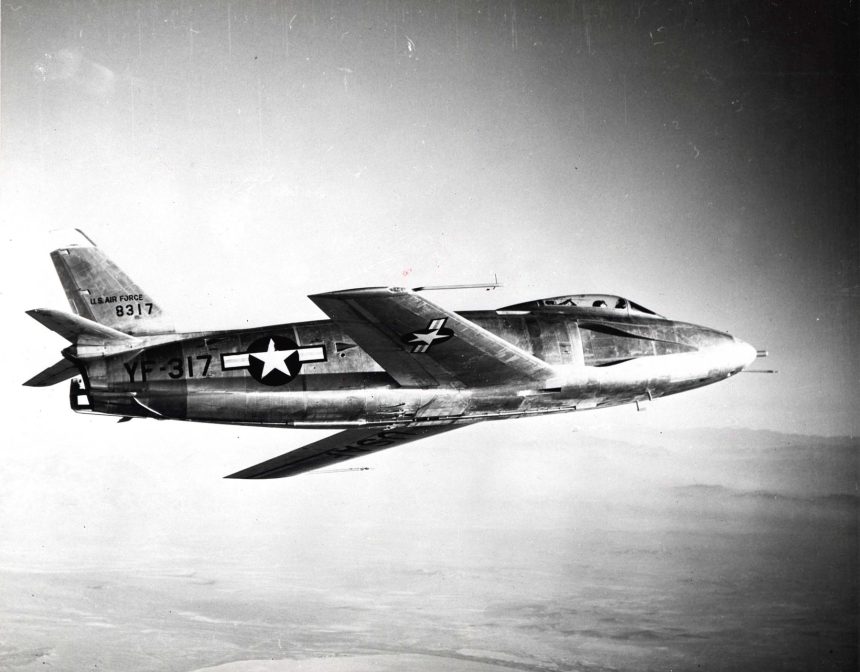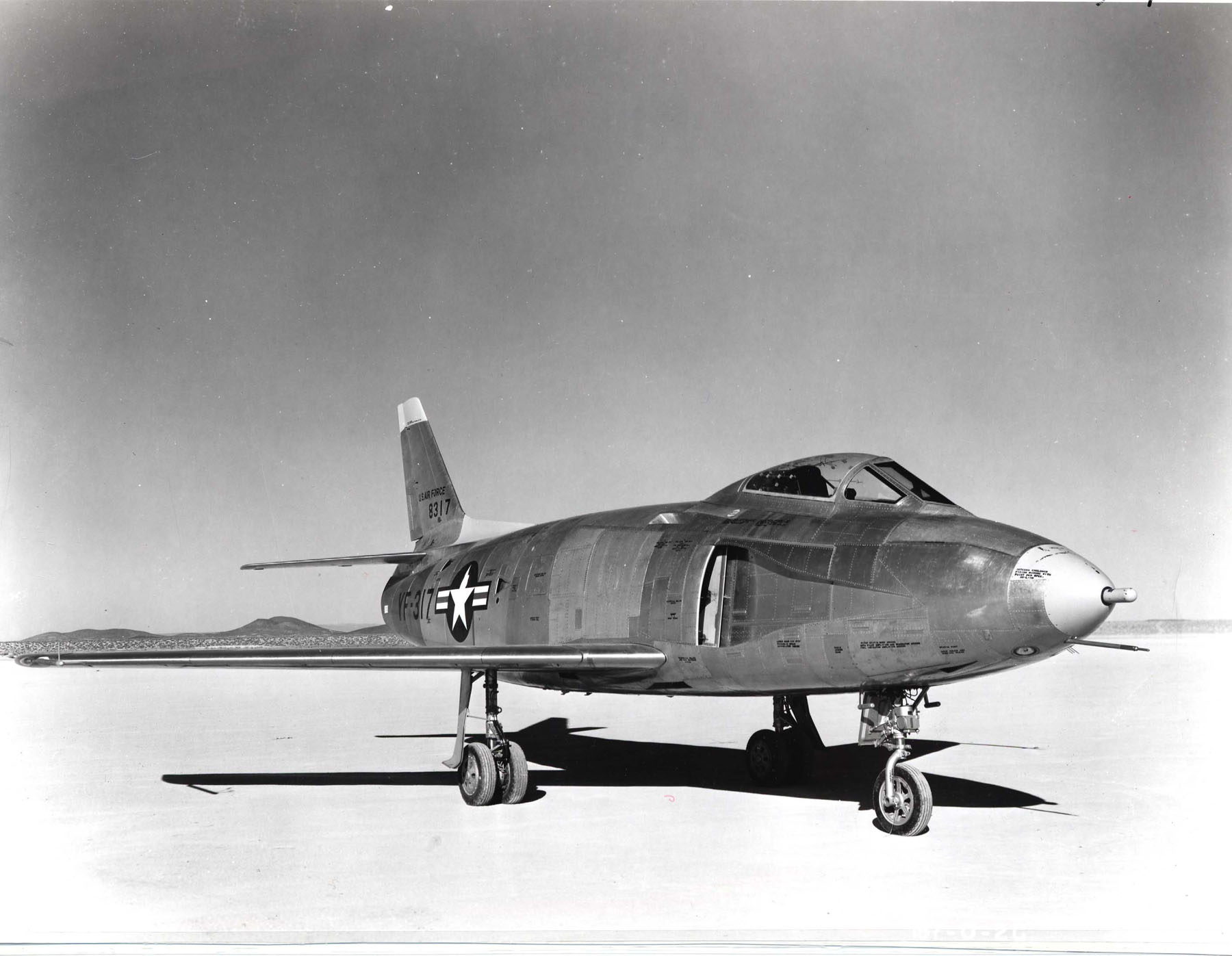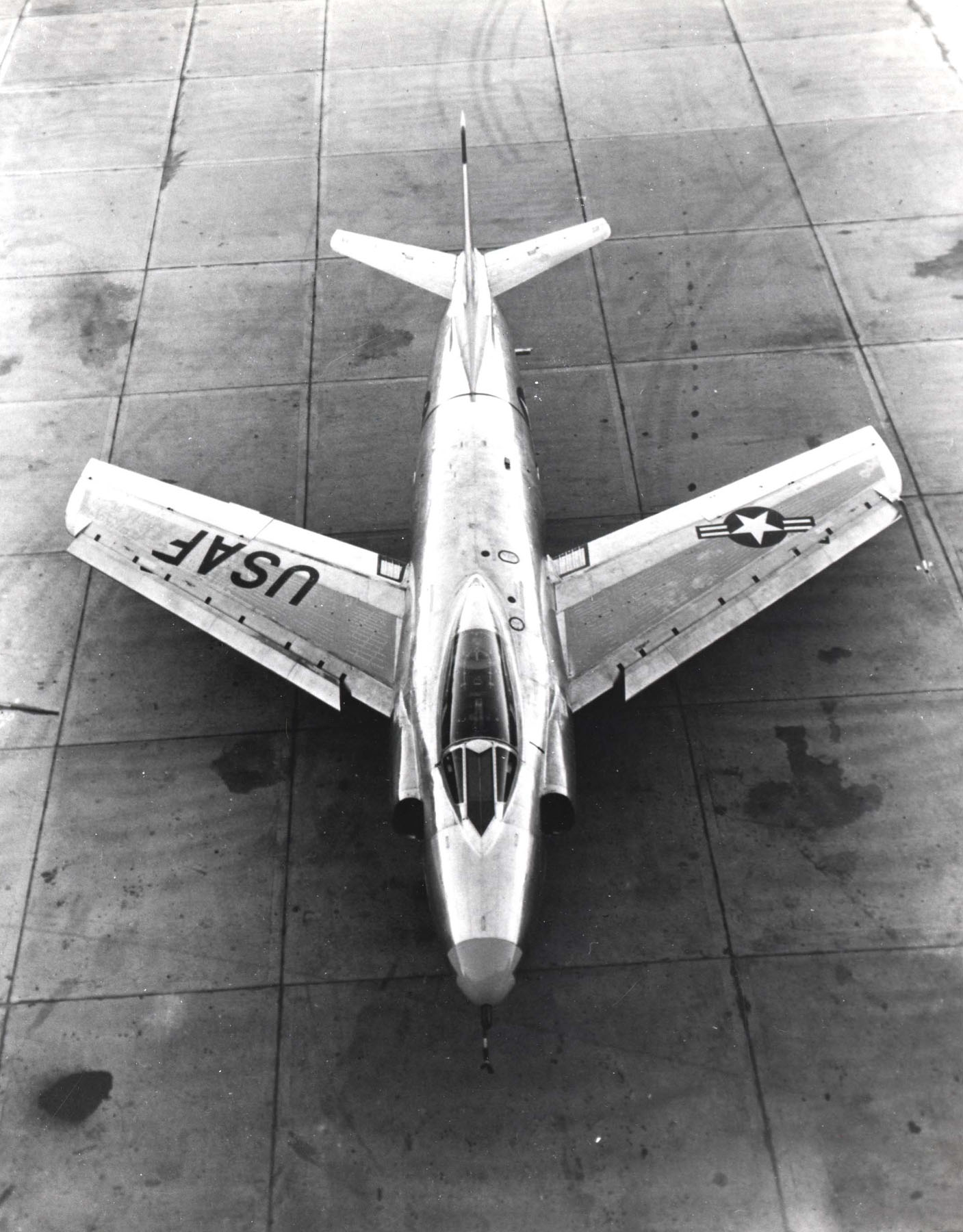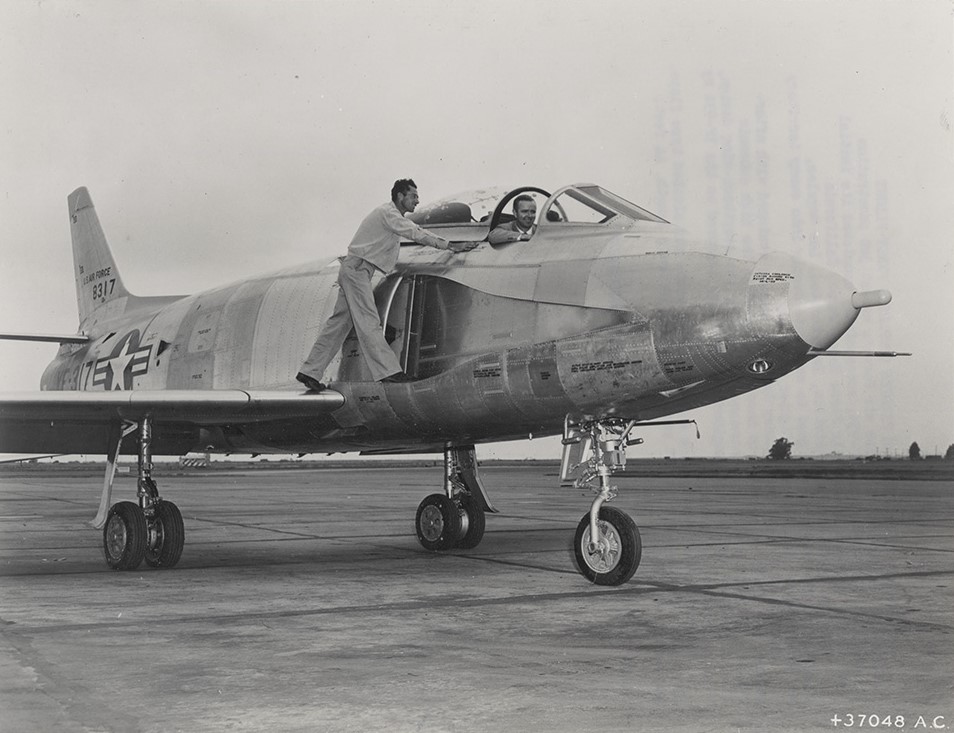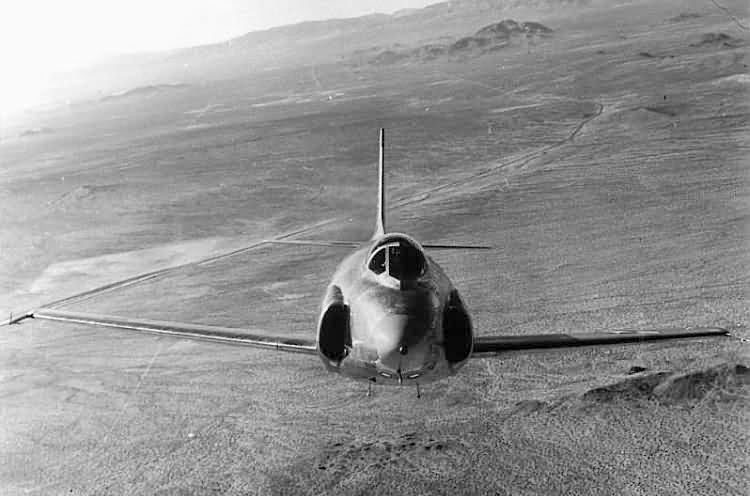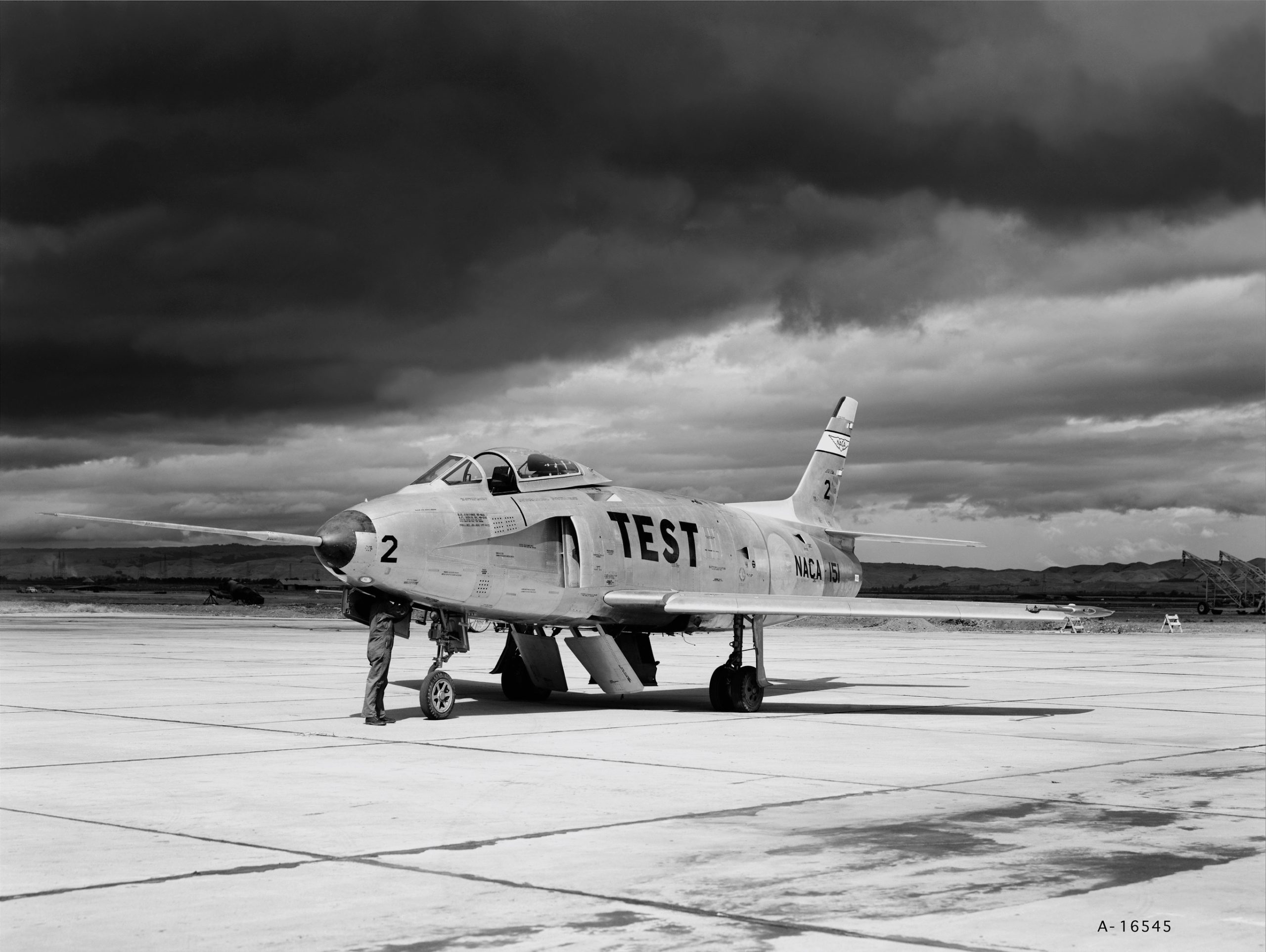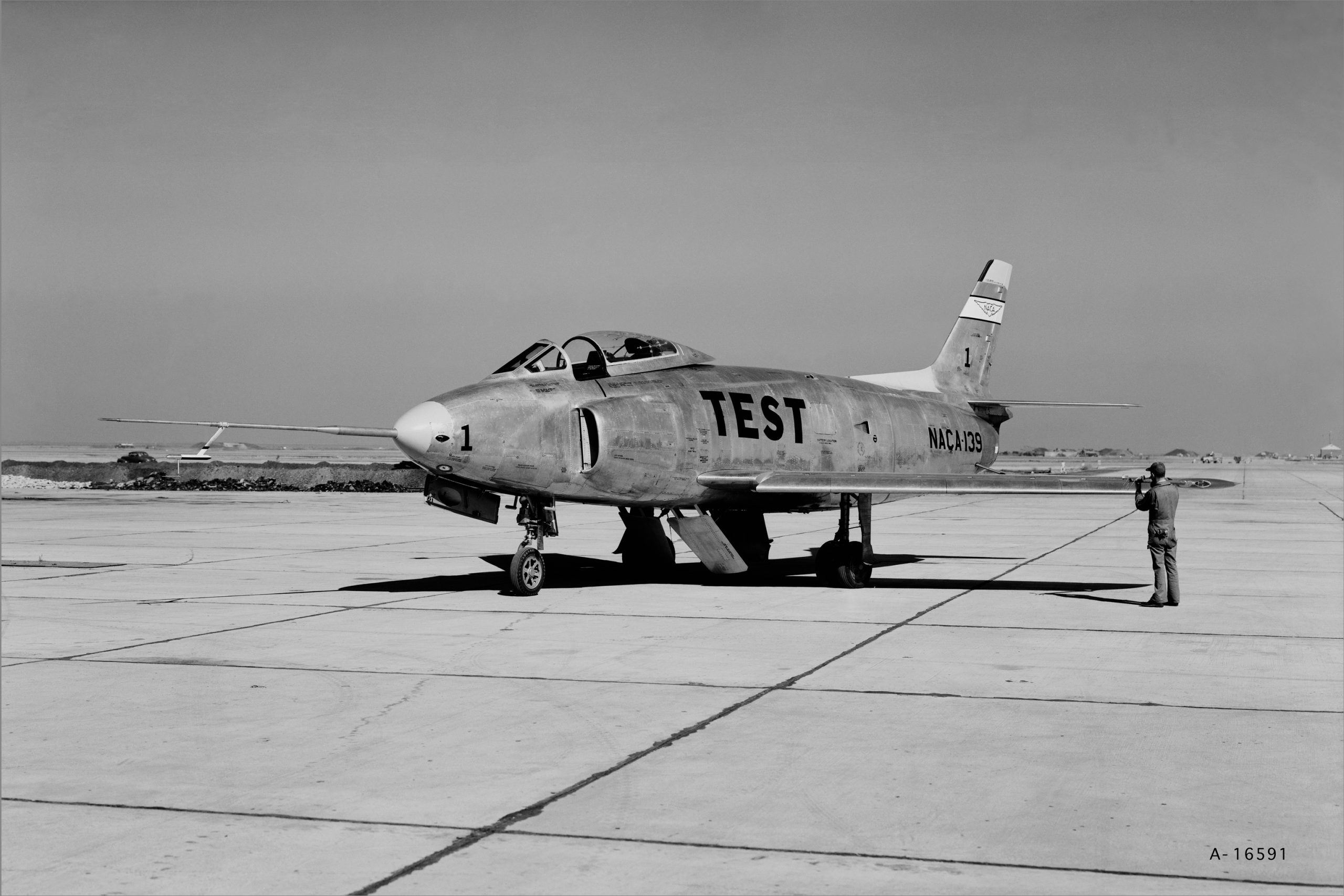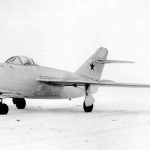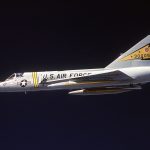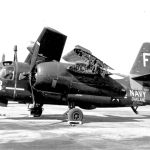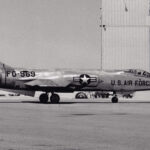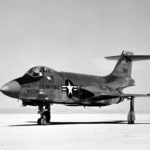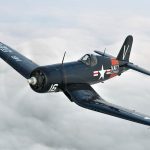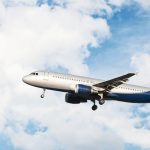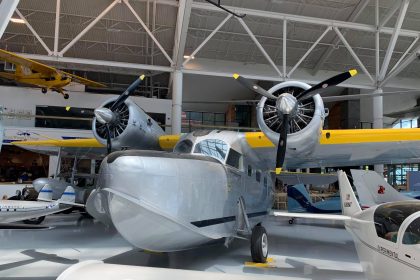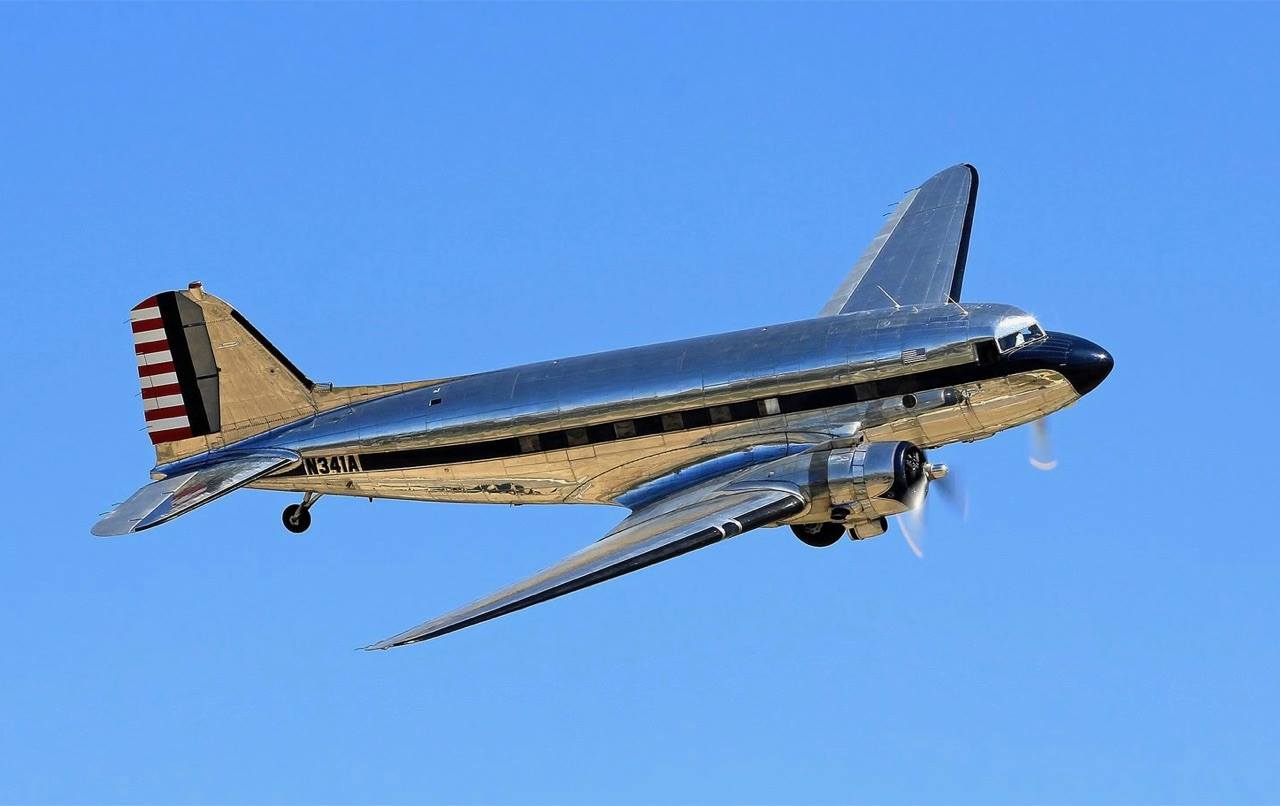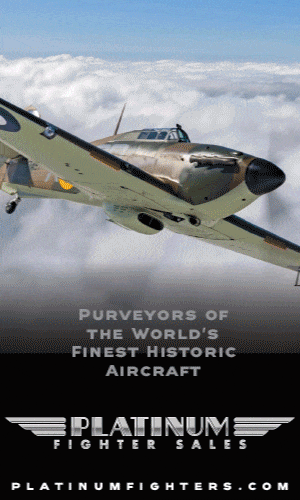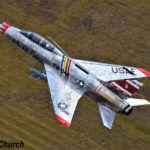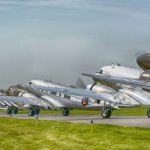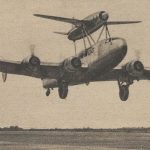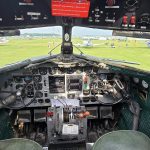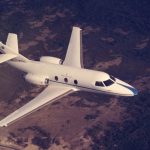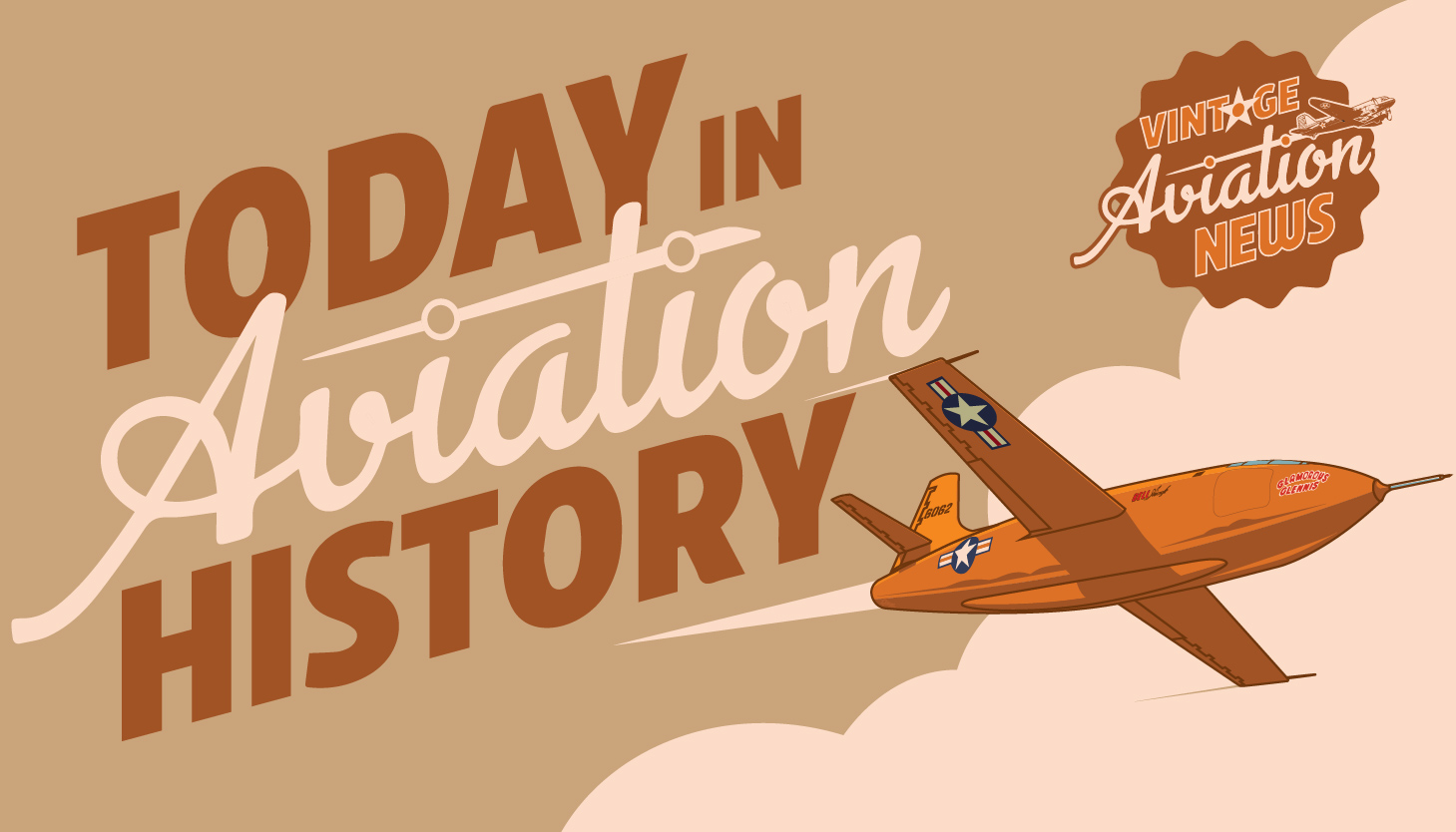
After WWII, the US Army Air Force (later the US Air Force) began looking for a long-range jet fighter capable of penetrating enemy air defenses, engaging enemy defensive interceptors in their own skies, and escorting strategic bombers. At the time, jet fighters still lacked the range of more conventional piston engine fighters such as the WWII-era P-51 Mustang, but it was evident that long-range jet fighters were the future of aerial warfare.
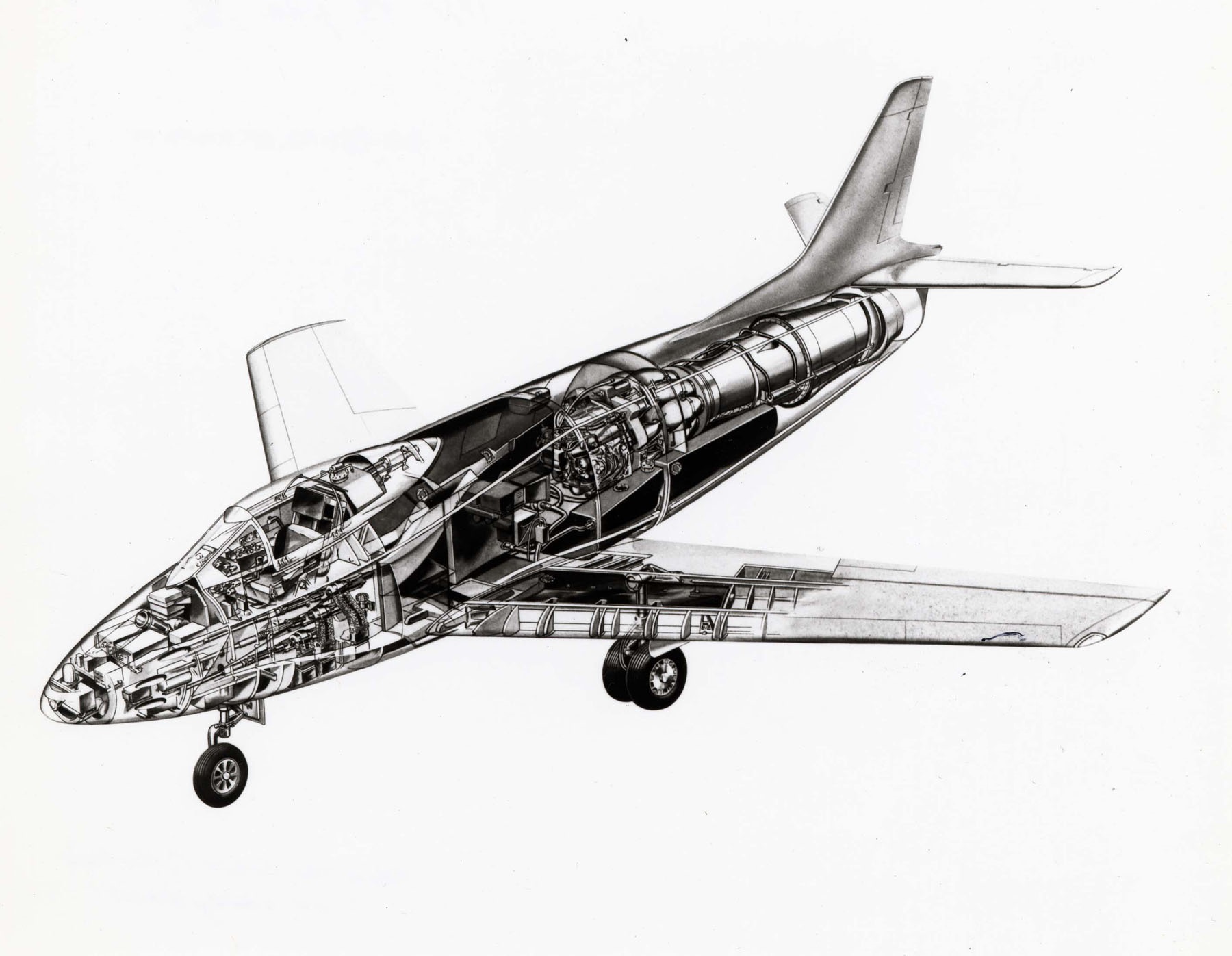
This led to the concept of the “penetration fighter”, with McDonnell Aircraft proposing the XF-88 fighter, and Lockheed Aircraft proposing the XF-90 design respectively in response to the Air Force’s proposal. North American Aviation (NAA), however, sought to adapt an existing design from their F-86A Sabre. The new design from NAA was designated the NA-157, which took the swept wings and tail from the F-86A but fitted them to a new fuselage with a new engine in the form of the Pratt & Whitney J48 (based off the Rolls Royce Tay engine) in place of the F-86A’s General Electric J47 engine. The added width of the NA-157’s fuselage was also due to the added fuel tanks, and the subsequent increase in weight led to the main landing gear having two sets of wheels as opposed to the single set on the F-86A.
Originally, the NA-157 design was designated by the USAF as the F-86C, with two prototypes, 48-317 and 49-318, being ordered for construction. However, due to all of the necessary changes, it was decided to further distinguish the design from the original F-86 Sabre by redesignating the F-86C to the YF-93, but not before the aircraft was already ordered for a production batch of 118 F-93s.
Proposals for the armament were for the YF-93 to be armed with six 20-mm cannons (with 225 rounds per gun), and an SCR-720 search radar was to have been mounted in the nose, which saw the air intakes for the engine being relocated from the nose on the standard F-86 to the sides of the YF-93’s fuselage. The placement of the air intake in the fuselage sides also led to the installation of slab-type brakes mounted on the fuselage belly.
However, development on production of the YF-93 came to a grinding halt in February 1949 even before the prototypes had flown. The Boeing B-47 Stratojet was deemed so capable that it likely would not require any escort fighters, while the military’s fiscal budget for 1949 was also greatly cut by the US government, leading to the USAF to prioritize other projects.
Nevertheless, the two YF-93s, along with the two prototypes each for both the McDonnell XF-88 and the Lockheed XF-90 penetration fighters, were to be completed and flight tested against each other. The McDonnell XF-88 had first flown on October 20, 1948, and the Lockheed XF-90 following on June 3, 1949, while the North American YF-93 was the last to take off, with the first prototype, 498-317 (construction number 157-1) rolling off the NAA factory in late 1949 and making its first flight at Edwards Air Force Base, California, on January 24, 1950, with North American Aviation test pilot and Pearl Harbor veteran George Welch at the controls.
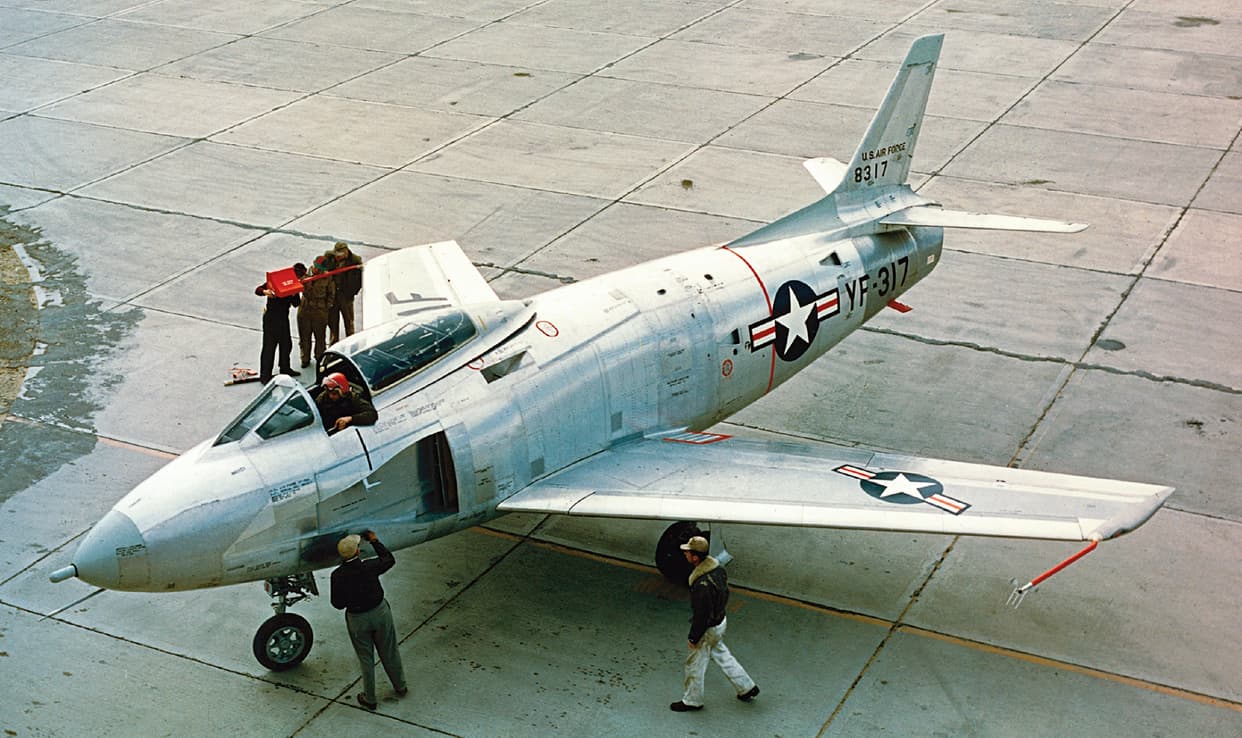
In the summer of 1950, the YF-93 flew off against both the McDonnell XF-88 and the Lockheed XF-90, with the results favoring the McDonnell XF-88, but with the cancellation of the penetration fighter program, and the Korean War necessitating the need for existing fighters for a more short-range conflict, the XF-88 would never leave the program stage, though it would form the basis for the F-101 Voodoo interceptor, and later the F-4 Phantom II.
Meanwhile, the two North American YF-93s were relegated for use as flight test aircraft at the National Advisory Committee for Aeronautics (NACA) Ames Laboratory at Moffett Field, California (with 48-317 becoming NACA 139 and 48-318 becoming NACA 151), and were also used as chase aircraft for the F-101 and F-106 flight test programs and aerodynamical flight research. By the mid-1950s, both YF-93s had outlived their usefulness to NACA and were later scrapped, with no examples being preserved for museum display.
Although the YF-93 was never deployed into operational service, it was still useful as a concept for long-range, high-performance jet fighters, which would soon lead to the development of long-range, radar-equipped fighters such as the North American F-100 Super Sabre and the McDonnell Douglas F-4 Phantom II that would fly in the skies above Vietnam and beyond.
Today in Aviation History is a series highlighting the achievements, innovations, and milestones that have shaped the skies. All the previous anniversaries are available HERE







